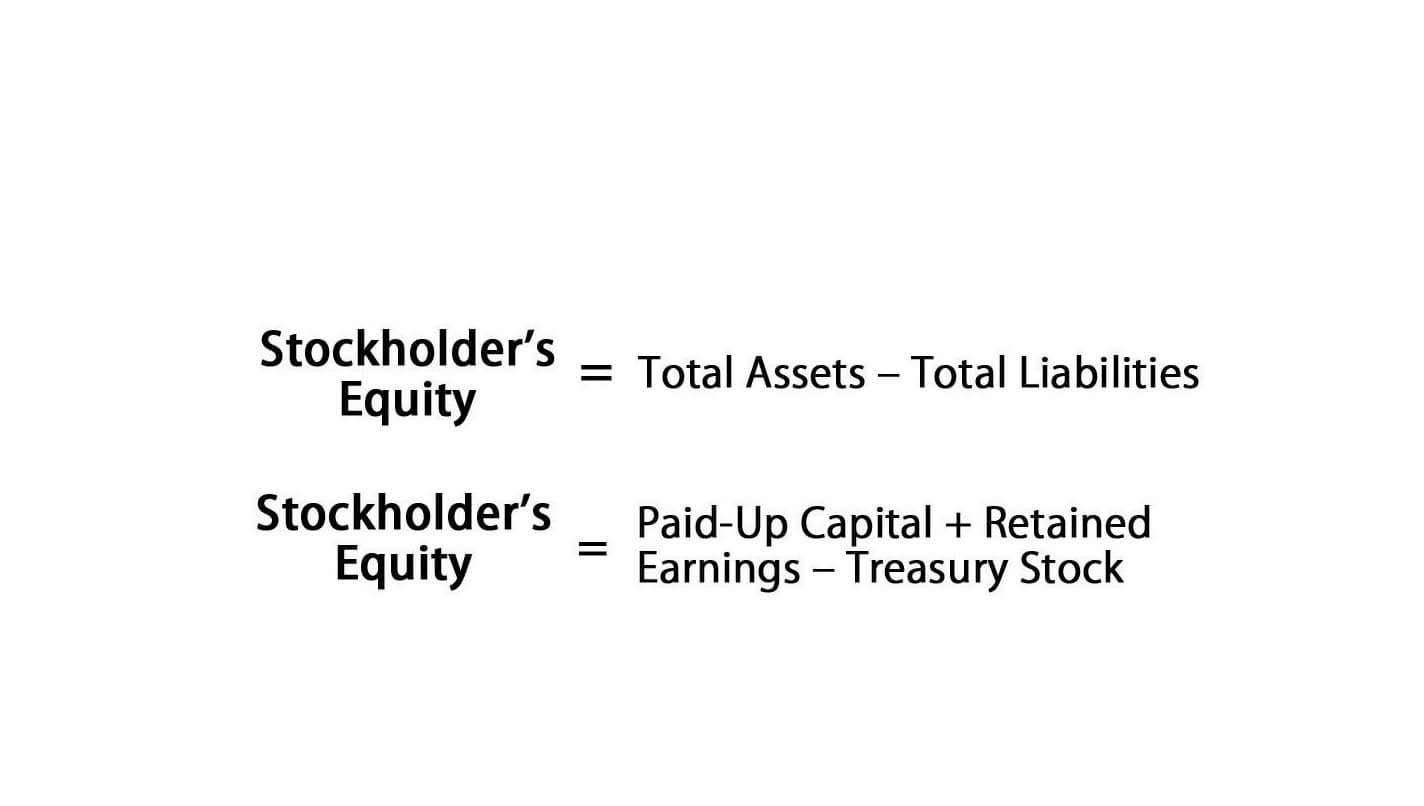
Calculate the management fee by multiplying the percent with total assets. The standard percentage management fee charged ranges from 0.5 percent to 2 percent per annum. For example, if the fund has $1million in assets and fee charged is 2 percent, $20,000 goes toward your fund management.
Personal investors
- We’re likely to see more hybrid models, combining robo-advice with human expertise.
- Even experienced investors may struggle to stay the course when the financial landscape shifts unexpectedly.
- Wealth management services often involve fees, which can vary based on the advisor’s structure—such as percentage-based fees on assets under management (AUM), flat rates, or hourly charges.
- You may select from our comprehensive suite of managed account programs, which are designed for various levels of investment experience and sophistication, with asset minimums that start as low as $5,000.
- Doing your due diligence ahead of discovery calls with firms is the best way to protect your assets, your goals, and your legacy.
Additionally, wealth management includes comprehensive financial planning services such as retirement planning, tax planning, and estate planning. These services ensure that clients have a strategic roadmap for achieving their long-term financial objectives and are prepared for potential challenges along the way. Gain insight into their fees and charges for financial planning and investment management. Without clear fee disclosures, investors may find it difficult to compare different wealth management options effectively.
The Role of Business Loans in Driving Growth

Since there are so many layers of fees which may (necessarily) apply, the figure to pay real attention to is the Total Expense Ratio quoted by an asset or wealth manager. This allows investors to see at a glance the total costs of holding investments and are a good guide to total annual costs (like the APR – or Annual Percentage Rate – on loans). Investment Management Fees or Investment Advisory Fees Many advisors or brokerage firms charge fees much higher than 1% a year. In some cases, they are also using high-fee mutual funds in which case you could be paying total fees of 2% or more. The question on overall costs indicates that typical fees average around 1% for advisory services plus additional underlying product expenses.
- Hidden or confusing fee structures can lead to misunderstandings and may result in paying higher fees than anticipated.
- Even a 2% fee can wipe out a significant amount of your future wealth building.
- AUM fees don’t just reduce your returns for one year—they eat into the base amount available for future compounding, creating what John Bogle aptly called “the tyranny of compounding costs.”
- You should ask for a detailed breakdown of all possible charges before choosing an advisor and make sure they match the value you’re getting.
- From its humble beginnings as a small commercial paper business in New York City, it has grown into a global investment banking behemoth.
Financial Samurai
At its core, Goldman Sachs Private Wealth Management employs a combination of asset-based fees and transaction-based fees. Asset-based fees are calculated as a percentage of the assets under management (AUM), while transaction-based fees are charged for specific actions or services rendered. This dual approach allows Goldman Sachs to align its interests with those of its clients while also compensating for the high-touch, personalized service they provide. You shouldn’t expect to get anything valuable for free (except for maybe the content here). I believe wealth management firms should charge a fee for the services they provide, with a declining fee structure as your assets under management grow. They’ve got to clearly demonstrate what you’ll get for the amount you’re paying.

Pick a fee structure that lines up with your financial needs and goals. AUM-based advisors work best when you need ongoing portfolio management plus complete financial planning. Flat-fee arrangements could be better suited for simple investment guidance or specific financial planning projects. Choosing the right financial advisor fee structure depends on your financial situation and what services you need.
- Wealth management costs vary depending on the services offered, the advisor’s structure, and the total assets under management (AUM).
- Rates typically range from 0.25% to 1.25%, with larger portfolios often qualifying for tiered or reduced pricing.
- Fortunately, though, the Veres study did survey not only advisors’ own AUM fee schedules, but also the expense ratios of the underlying investments they used to construct their portfolios.
- When comparing Morgan Stanley’s fees with other wealth management providers, take into account these different factors to make an informed decision.
- It’s very possible that there is a sub-set of people who value their time more than the cost to pay an adviser.
- And as the dollar amounts rise further, the median investment management fee declines further, to 0.75% over $2M, 0.65% over $3M, and 0.50% for over $5M (with more than 10% of advisors charging just 0.25% or less).
- Depending on how much (or how little) money you have, a firm may send you to a junior employee – or decline to take you as a client.
- Over time, a seemingly small difference in costs can have a huge effect on your total wealth, as the following examples show.
- Their fee structure is as multifaceted as the services they offer, and it’s designed to cater to the unique needs of their high-net-worth clientele.
- While the AUM fee gained favor among those moving their business away from commissions-based planning, financial professionals are becoming more willing to explore alternative fees to either replace or complement AUM compensation.
- You’re paired with a Vanguard wealth partner who’s focused on helping you achieve your vision.
A suitability standard means that your financial advisor will make recommendations that are suitable for your needs, but perhaps not the best option with the best potential results. Commission-based fee structures are more common in firms with a suitability standard. Many people wrongly assume that they do not pay commission fees, trailer fees, or advisory fees, when in actuality, they do. A 2024 survey2 found that almost half of Canadian investors did not know how much they paid their advisor, directly or indirectly, in the past 12 months. Information on Morgan Stanley Wealth Management accounts and services can be found at /disclosures/account-disclosures.
This is the first year of little/no major capital gains transactions, so the tax bite should be much smaller this year, mainly on interest and dividends. I think my adviser has me in too many funds, but they all highly rated and the fees are reasonable – but I’m thinking I will push for some consolidation this coming year. If I ultimately decide I’m not getting the gross vs net benefit suited for the 1% fee I will switch to self-direction or the robo-investment options. I wasn’t down to spending ~$100,000 in management fees over the next 20 years, so I sold my expensive Fidelity Blue Chip Growth Fund and bought the SPY ETF instead. Although the Fidelity fund has performed relatively well since, over the next 20 years, I don’t think it will outperform the S&P 500. When you understand how big your portfolio is, you have a better shot at asking for lower fees.
Why a financial advisor’s fee structure matters
When it comes to wealth management and planning your financial future, the choice of who guides you is one of the most important decisions you’ll ever make. In a flat fee structure, it is important to define and understand the scope of services offered, as these will necessarily be much more limited than under an AUM fee arrangement. Online fee calculators can give you a quick estimate of what you might pay under different fee structures. Websites like FINRA and the SEC offer resources to help investors understand and compare fees. It’s like having Bookkeeping vs. Accounting a financial GPS to guide you through the fee landscape. It’s worth noting that fees can vary significantly based on location.
Fixed income & bond investing

However, out of curiosity, I have had conversations with Vanguard to inquire about the service when it was introduced. They ensured me that the fee was a flat 0.3% and would only decrease, if the assets managed went above $5 million. So essentially the highest possible fee you would incure, if you used the advisory fee and only purchased the most expensive (expense ratio wise) management fees ETF, would be 0.64%. But if you went the traditional SP500 ETF or Total Stock Market ETF route you could pay as low as 0.35% all in.
Investors who feel they are not getting the value they expect for the fees they are paying have a number of options available. They may want to consider swapping an existing, higher-fee investment for a similar, yet less expensive fund. Fidelity’s mutual fund evaluator and ETF screener are equipped to help investors search through thousands of funds and allows them to filter and sort by many different criteria, including expense ratio. While small—often only a fraction of a percent annually—these fees can add up.
